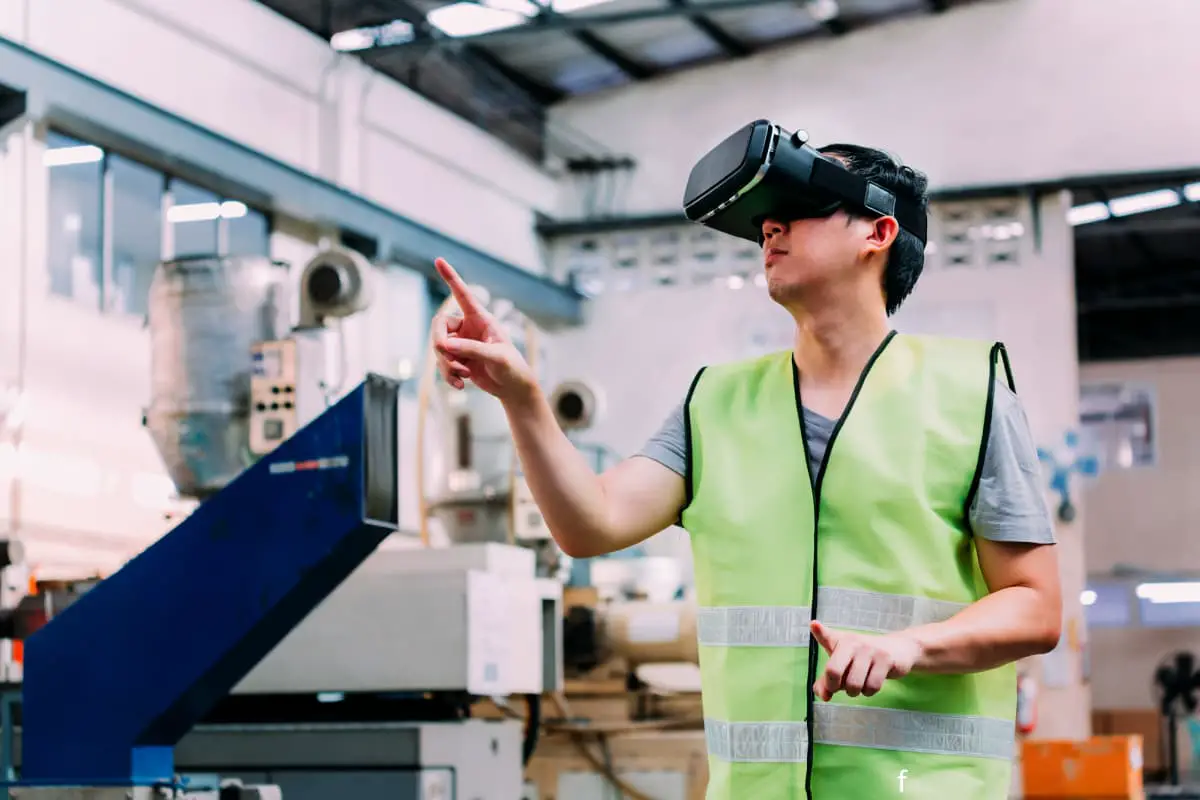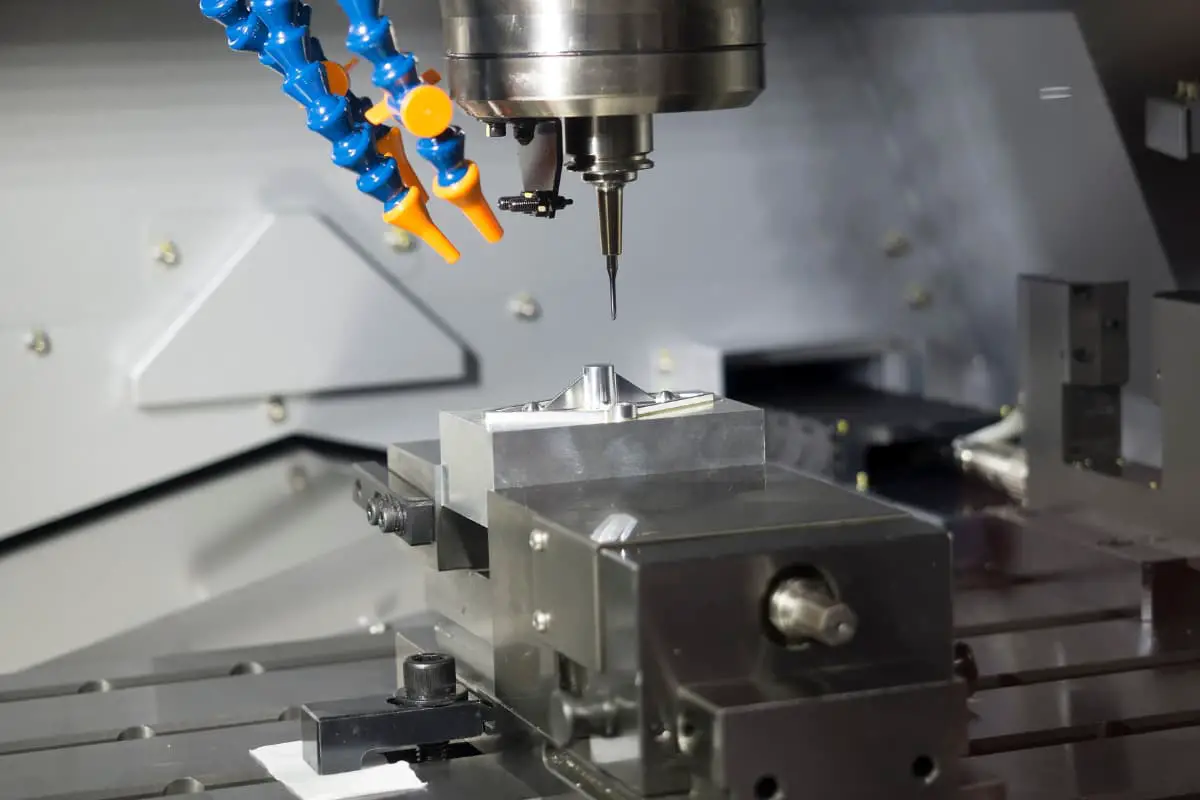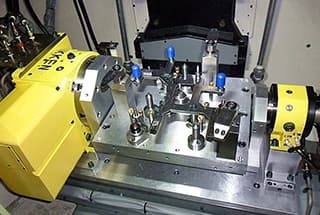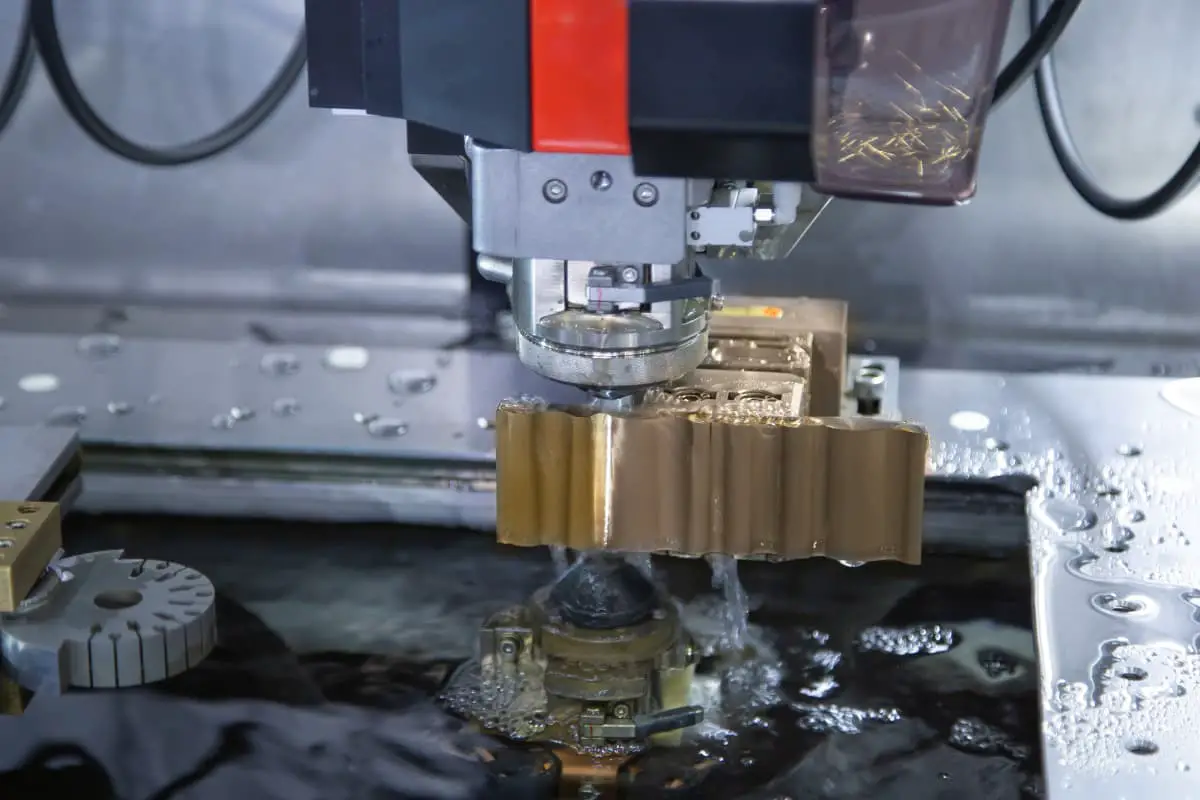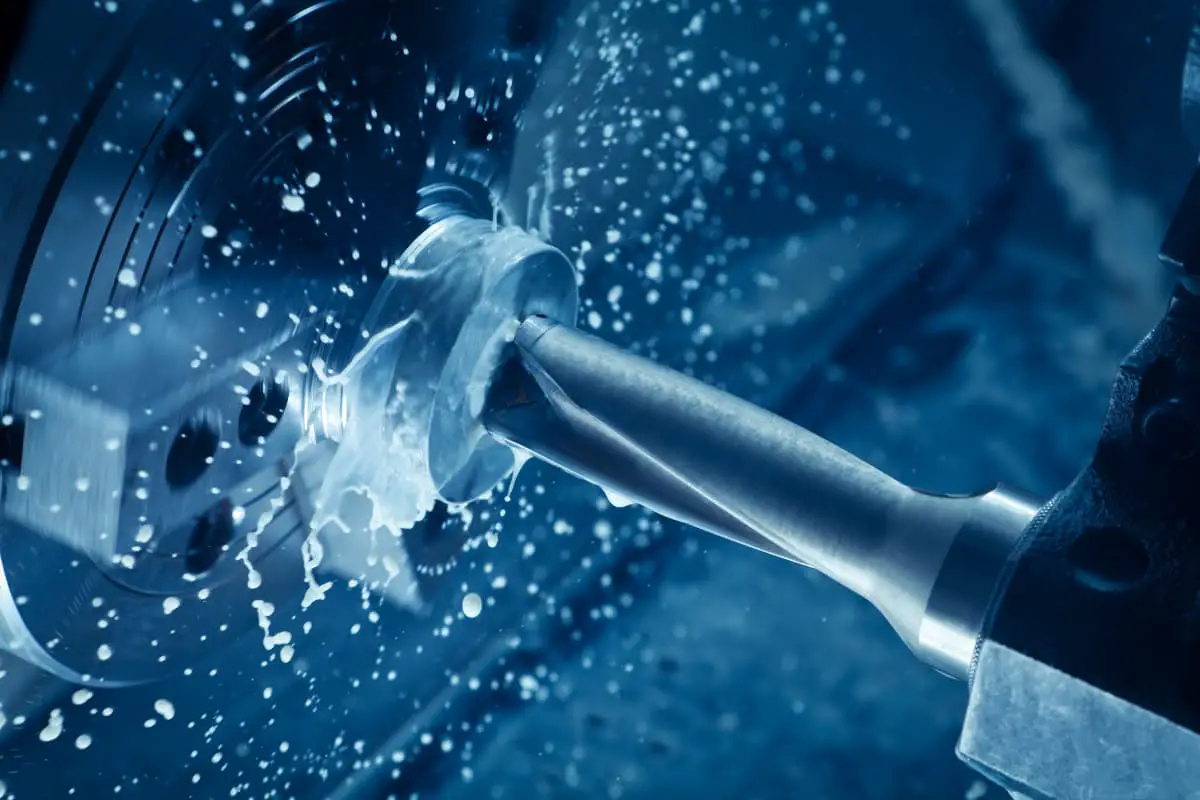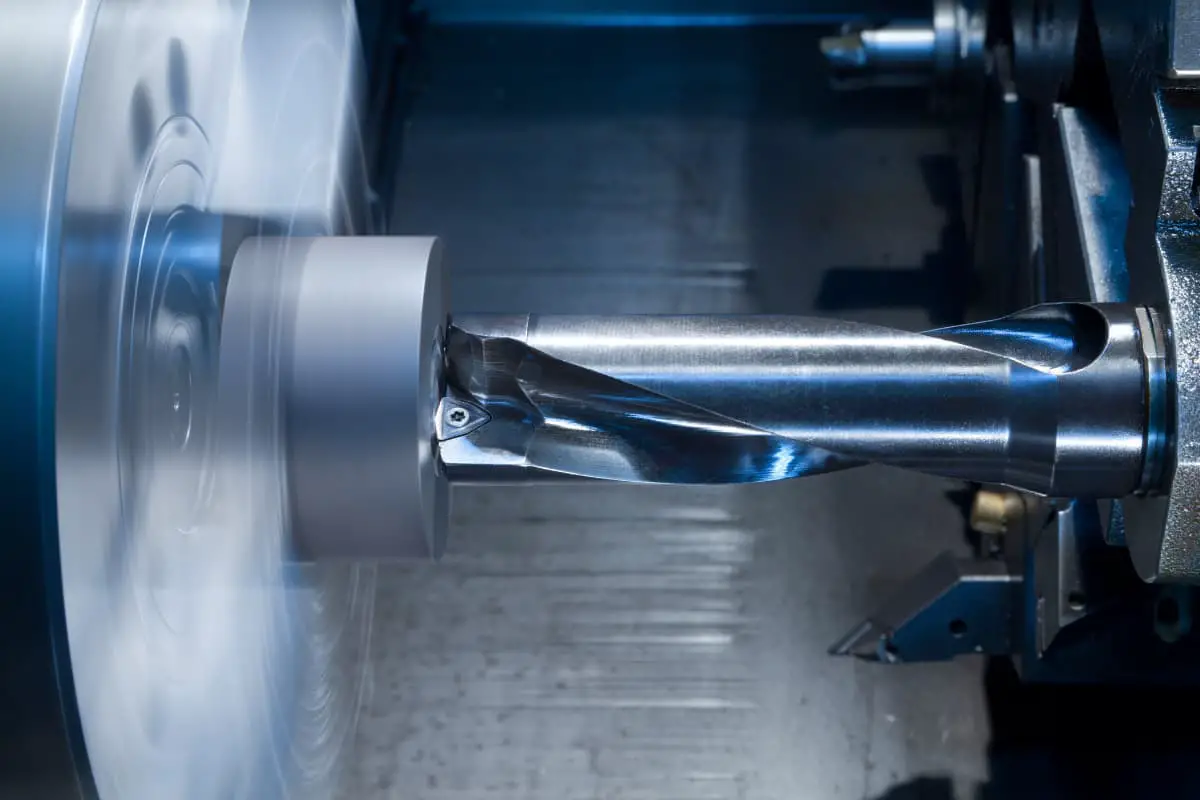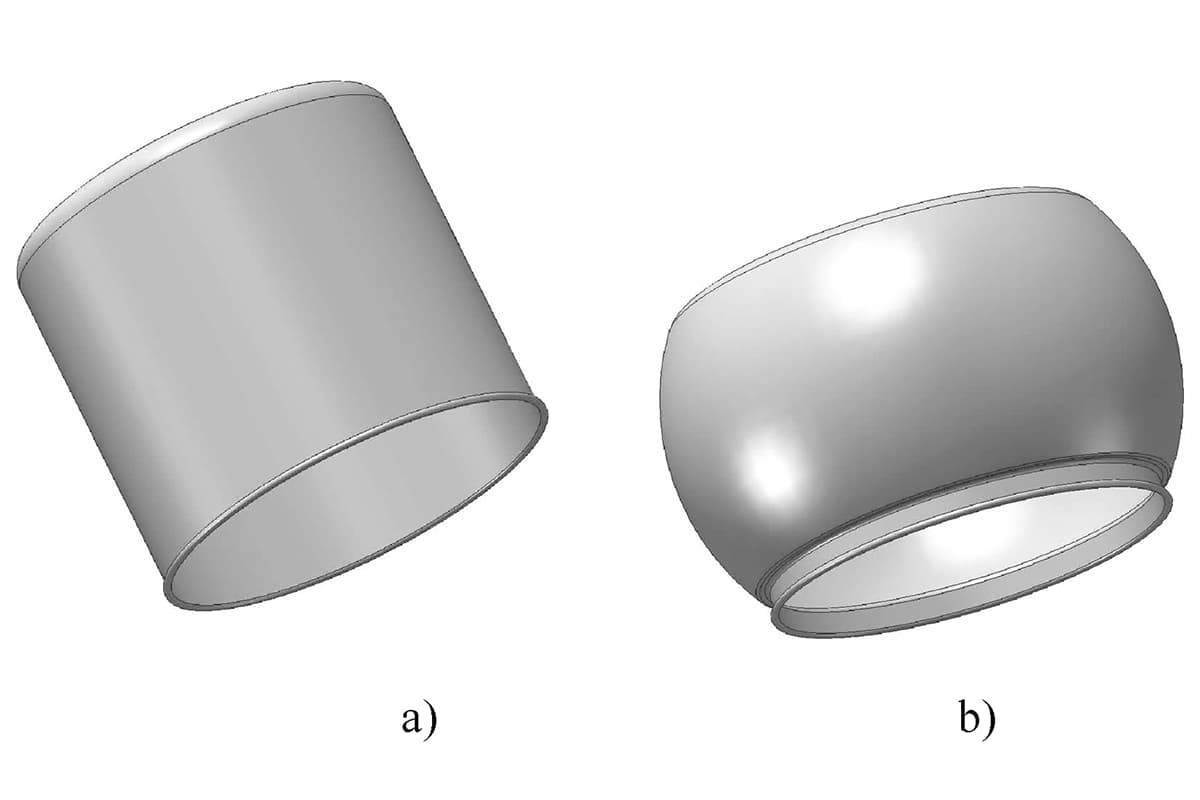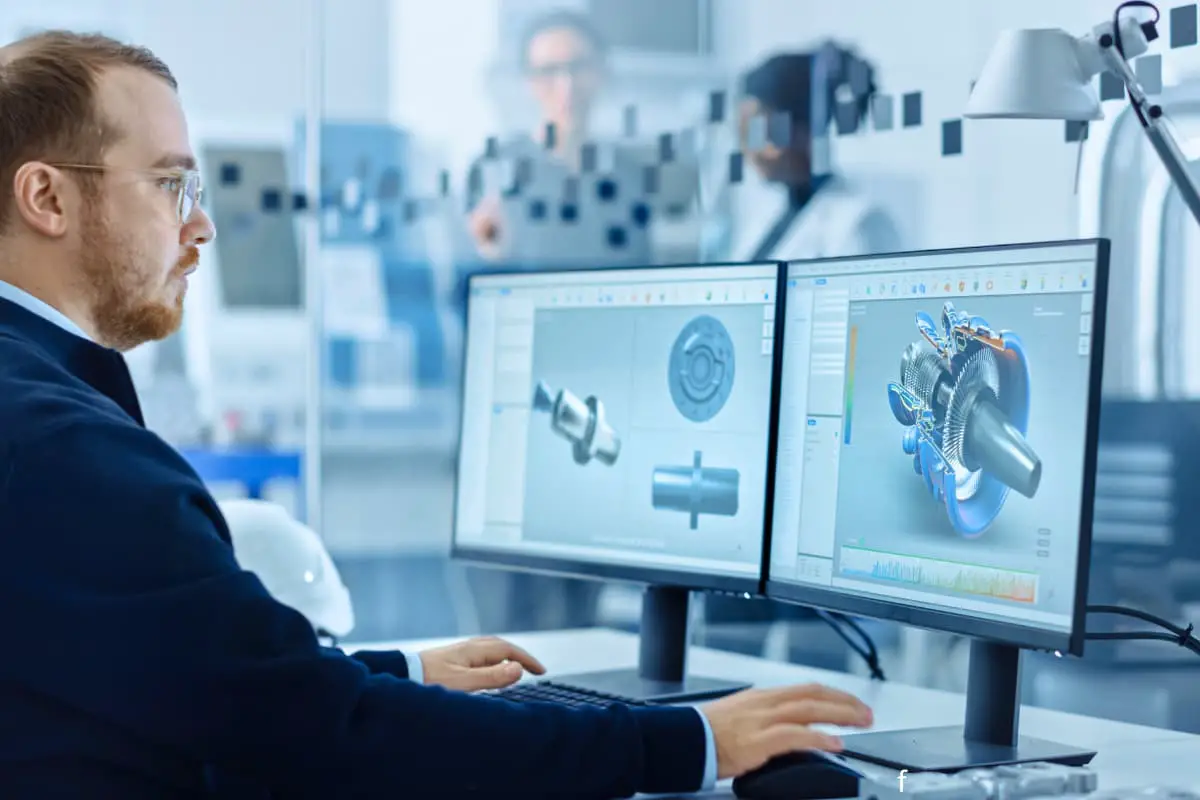
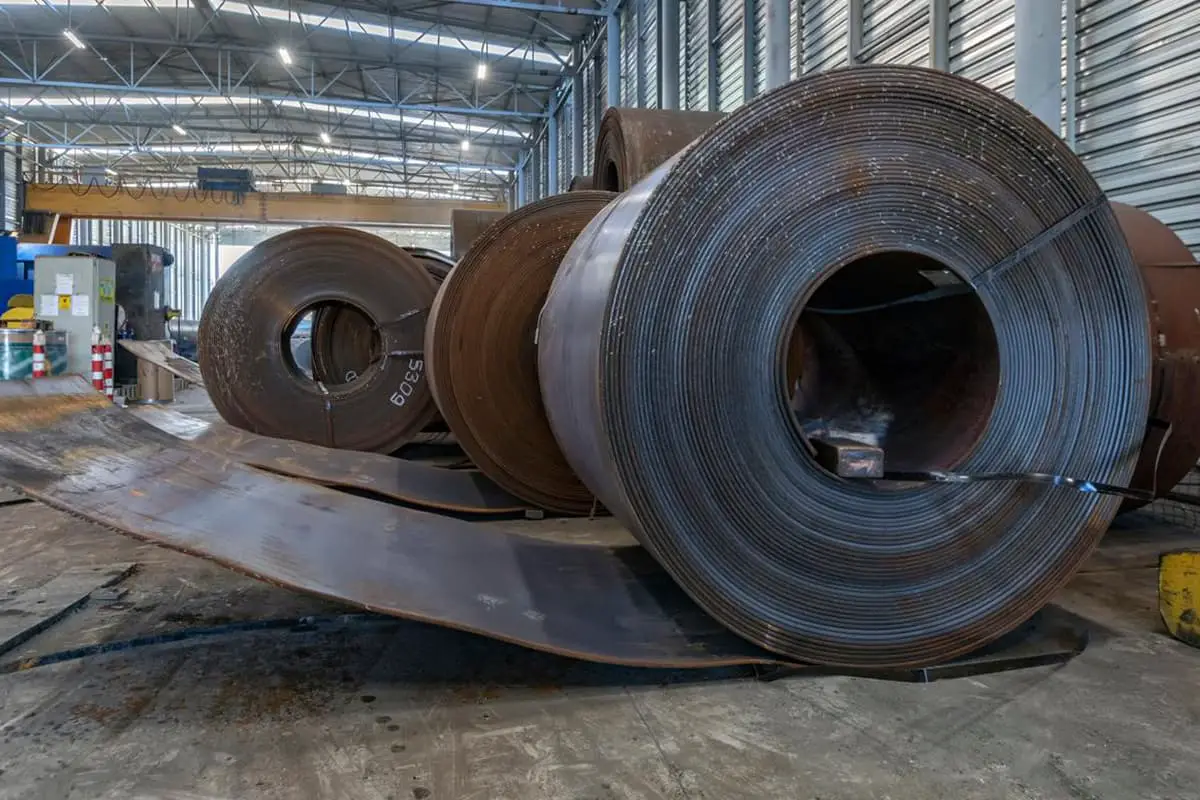
Rolling refers to the pressure processing procedure that alters the shape of steel ingots or billets between rotating rolls.
This can be divided into hot rolling and cold rolling. Hot rolling requires heating the raw material to 1100-1250°C to execute high-temperature rolling for production.
Hot-rolled strip steel is a typical example of a hot rolling production process.

At present, the control technology for hot-rolled strip steel is mature, with advanced instrumentation setup, relatively stable product quality, and high production line operation rates.
However, due to the complexity of the rolling process, the operations and equipment conditions in each phase can influence product quality, leading to potential defects in the product.

1. Defect Characteristics
The surface defect known as entrapped scale, is formed when mill scale is pressed into the surface of the steel strip during the hot rolling process.
Depending on the cause, it can be classified as furnace-born (primary) mill scale, rolling-induced (secondary) mill scale, or scale formed by the detachment and embedding of the oxide film from the roll surface into the steel strip (secondary).
2. Causes
① Presence of severe longitudinal cracks on the slab surface;
② Improper heating process or operation of the slab, resulting in stubborn furnace-born scale;
③ Low pressure of the high-pressure descaling water, nozzle blockage, etc., leading to rolling-induced scale embedded into the steel strip surface;
④ Fast rolling rhythm, poor roll cooling, etc., causing the oxide film on the roll surface to detach and embed into the steel strip surface.
3. Risks
Affects the surface quality of the steel strip and the effectiveness of the coating.
4. Prevention and Elimination Methods
① Strengthen the quality inspection of the slab. Billets with severe longitudinal cracks on the surface should be cleaned and approved before use;
② Properly formulate the slab heating process, and heat the slab according to procedure requirements;
③ Regularly check the high-pressure descaling water system equipment, ensure descaling water pressure, and avoid nozzle blockage;
④ Control the rolling rhythm reasonably, ensure the cooling effect of the rolls, and prevent the roll surface oxide film from detaching.

1. Defect Characteristics
The irregularly shaped, raised metal flakes adhering to the surface of the steel strip are called scabs, presenting in forms such as leaf-like, feather-like, strip-like, fish scale-like, and tongue tip-like.
Scabs can be categorized into two types: one type is connected to the main body of the steel and folded onto the surface, which is not easy to dislodge; the other type isn’t connected to the steel’s main body but is adhered to the surface, prone to detachment, leaving behind a relatively smooth pit after falling off.
2. Causes
① Residual scabs and scale on the slab surface were not thoroughly cleaned, remaining on the surface of the steel strip after rolling;
② Residue left on the slab surface after flame cleaning gets pressed into the steel strip surface during rolling.
3. Risks
These defects can lead to metal peeling or hole formation during subsequent processing and use.
4. Prevention and Remediation Methods
Strengthen the quality inspection of the slab. If scabs and residues from flame cleaning are found on the slab’s surface, they should be thoroughly cleaned.

1. Defect Characteristics
Bubbles refer to the irregularly distributed circular or elliptical protrusions on the surface of the steel strip.
The edges are relatively smooth, and upon bursting, the steel strip’s surface exhibits ruptures or peeling.
Some bubbles don’t protrude and appear shiny after being flattened, with the sheared cross-section displaying a layered appearance.
2. Causes
① Excessive gas accumulation inside the slab due to poor deoxidation, improper nitrogen blowing, etc.
② Prolonged furnace time for the slab, leading to the exposure and aggregation of sub-surface bubbles.
3. Hazards
It can potentially lead to delamination or poor welding during subsequent processing.
4. Prevention and Elimination Methods
① Enhance the quality acceptance of slabs and refrain from using slabs with exposed bubble defects.
② Strictly heat the slabs as per the procedure to avoid excessive furnace time.

1. Defect Characteristics
Overlapping layers, roll-through, or tearing appearing on the surface of the strip steel are referred to as roll scabs.
2. Causes
① Improper roll gap adjustments or poor alignment of roll shape with incoming plate causing uneven strip extension;
② Uneven local heating temperature of the slab or uneven temperature of the rolled parts;
③ Unreasonable setting of the side guide plate opening in precision rolling;
④ Mismatch in flow rate during the precision rolling process.
3. Harm
In the rolling process, if the strip breaks or has roll scabs, the steel plate becomes unusable.
4. Prevention and Elimination Methods
① Properly configure the roll shape, and pay attention to roll gap adjustments;
② Enhance control of slab heating temperature to ensure even temperature of rolled parts;
③ Reasonably set the opening of the side guide plate in precision rolling;
④ Maintain consistent flow rate during the continuous rolling process.

1. Defect Characteristics
Roll marks are irregularly shaped convex and concave defects that appear periodically on the surface of the steel strip.
2. Causes
Roll marks occur when the roll is cracked, partially worn, or when foreign objects are adhered to the surface. These conditions create local convex or concave areas on the roll surface, which are pressed into the steel strip surface during rolling or finishing processes.
3. Risks
Convex roll marks may lead to folding defects during subsequent rolling processes; concave roll marks may result in holes.
4. Prevention and Elimination Methods
① Regularly inspect the quality of the roll surface and promptly address any surface wear or foreign object adhesion.
② During the rolling process, inspect the roll surface quality promptly in case of anomalies such as steel jamming, tailing, or rough rolling to prevent roll surface damage or foreign object adhesion.
③ When roll texture is detected, immediately stop the machine and inspect the roll surface quality.

1. Defect Characteristics
The phenomenon of steel coils appearing elliptical is referred to as flat-rolled.
2. Causes
① Excessive impact on steel coils during transportation;
② Insufficient tension in steel coil rolling, or the stacking of coils in a horizontal or multi-layered arrangement.
3. Harm
It affects the packaging and handling of steel coils, and severe flat-rolling can prevent the unrolling of coils for usage.
4. Prevention and Elimination Methods
① Handle steel coils with care;
② Set the rolling tension appropriately, control the number of layers in horizontal coil stacking, and opt for vertical stacking when necessary.

As the founder of MachineMFG, I have dedicated over a decade of my career to the metalworking industry. My extensive experience has allowed me to become an expert in the fields of sheet metal fabrication, machining, mechanical engineering, and machine tools for metals. I am constantly thinking, reading, and writing about these subjects, constantly striving to stay at the forefront of my field. Let my knowledge and expertise be an asset to your business.

